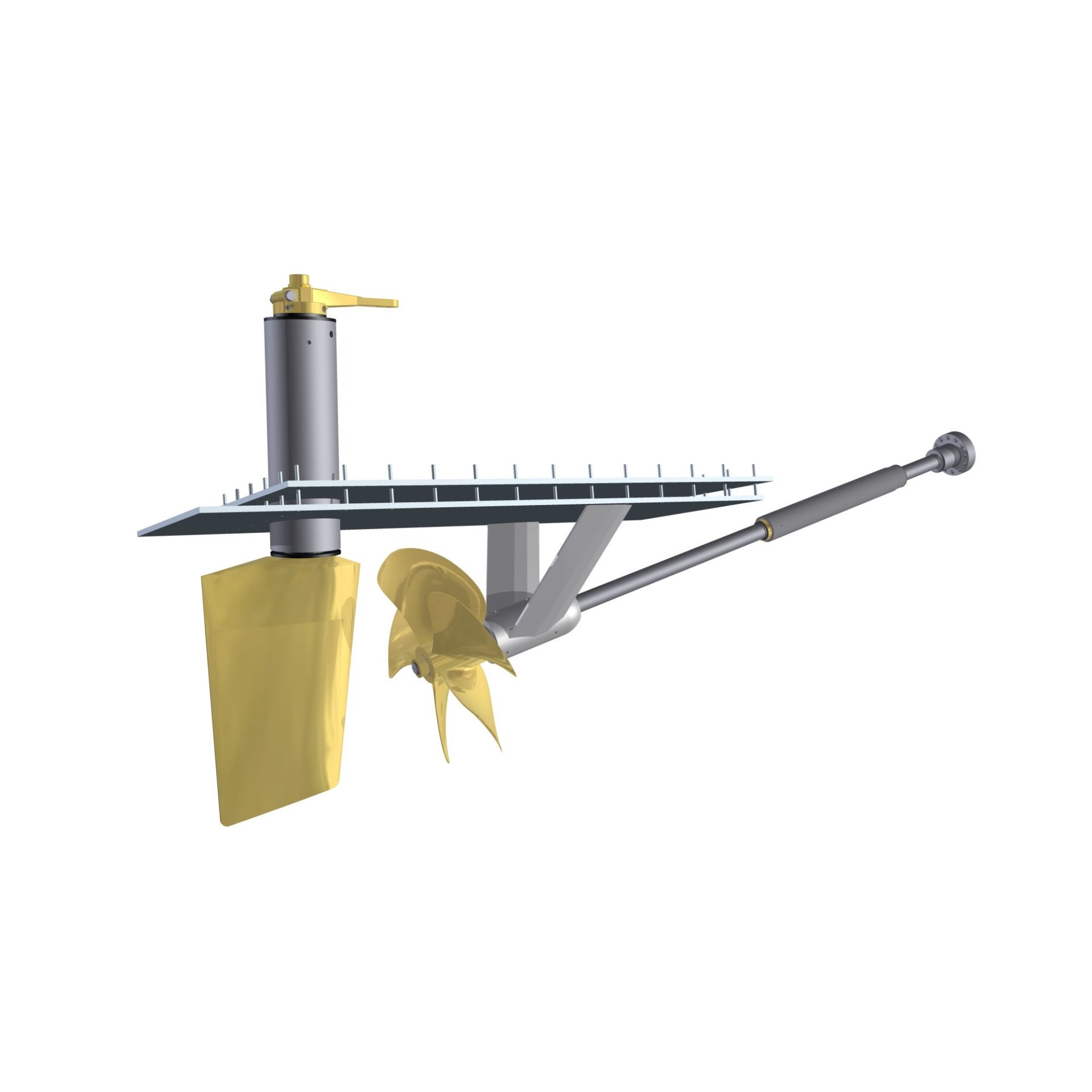Promising safe access to shallow waters, improved manoeuvrability and high cruising speeds among their listed benefits, jet-driven propulsion systems, or waterjets, were once considered the future of boat propulsion for a broad range of vessel types.
More than a decade on, jets may not have reached the levels of penetration predicted at their inception but they still offer impressive advantages in the right environments and applications. However, as a minority of owners have discovered, step too far outside jet’s preferred operating envelope and some of those benefits can quickly evaporate.
This was precisely the scenario for one CJR Propulsion customer who recently made the decision to switch his 18-metre motor boat from waterjets to a traditional shaft driven setup. Alex Stevens, Technical Sales manager for CJR Propulsion, picks up the story and explains why it was the right decision:
“The customer first approached us to discuss some fairly significant concerns he had regarding his propulsion system. He was becoming increasingly frustrated with the frequency and severity of the issues he was facing and wanted to understand if switching to a shaft drive would be an effective alternative.
“The vessel in question is around 15 years old and is permanently moored in Majorca. The owner highlighted that the vessel’s performance, manoeuvrability and fuel efficiency was not in line with his expectation. Equally irritating was the fact that the jets were regularly becoming fouled with debris and barnacles; due, in part, to the owner only being able to get out on the boat a few times a month. This combination of her sitting idle for extended periods and the warm waters of the Mediterranean meant that this particular jet-based propulsion system wasn’t ideal for the way the owner operated the boat, and it was decided that a shaft drive installation would be more suitable.
“After seeing the predicted performance of a CJR shaft drive setup, the owner decided to go ahead and make the switch. It was a project not without its own challenges though as it involved a fair amount of reengineering and reconfiguration to ensure everything would work as expected and we supported the owner throughout the process.
“We started by visiting the boat whilst it was in dock. We performed a complete scan of the hull, on the quayside, using our portable 3D scanner. Back in the office, the resulting 3D model was loaded into our bespoke design software, so we had an accurate representation of the hull form in its current condition. That meant we were able to accurately position the new shaft drive system for peak efficiency and performance, also using the existing jet apertures to minimise the re-engineering requirement.
“To connect the shafts to the engines, new ZF325IV gearboxes were fitted and, following some modifications to the engine beds, the reconditioned Caterpillar engines were rotated 180 degrees before being re-installed. The new shaft system – featuring a full set of CJR Propulsion propellers, stern gear and rudders – was then mounted into the vessel.
“This is the perfect example to highlight the benefits of working with CJR and the advantages of choosing the best propulsion system for your needs.”
